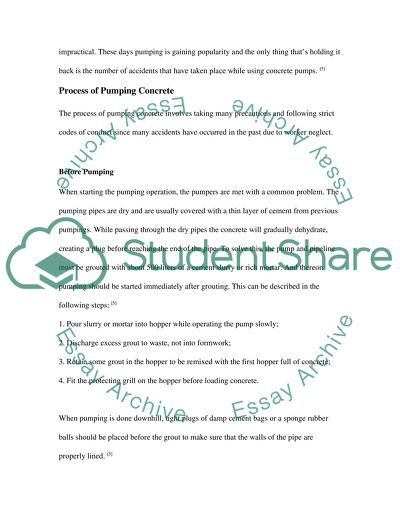Cite this document
(The Process and the Concrete Properties Necessary for Pumping Coursework Example | Topics and Well Written Essays - 1750 words, n.d.)
The Process and the Concrete Properties Necessary for Pumping Coursework Example | Topics and Well Written Essays - 1750 words. https://studentshare.org/engineering-and-construction/1527648-pumping-concrete
The Process and the Concrete Properties Necessary for Pumping Coursework Example | Topics and Well Written Essays - 1750 words. https://studentshare.org/engineering-and-construction/1527648-pumping-concrete
(The Process and the Concrete Properties Necessary for Pumping Coursework Example | Topics and Well Written Essays - 1750 Words)
The Process and the Concrete Properties Necessary for Pumping Coursework Example | Topics and Well Written Essays - 1750 Words. https://studentshare.org/engineering-and-construction/1527648-pumping-concrete.
The Process and the Concrete Properties Necessary for Pumping Coursework Example | Topics and Well Written Essays - 1750 Words. https://studentshare.org/engineering-and-construction/1527648-pumping-concrete.
“The Process and the Concrete Properties Necessary for Pumping Coursework Example | Topics and Well Written Essays - 1750 Words”. https://studentshare.org/engineering-and-construction/1527648-pumping-concrete.


